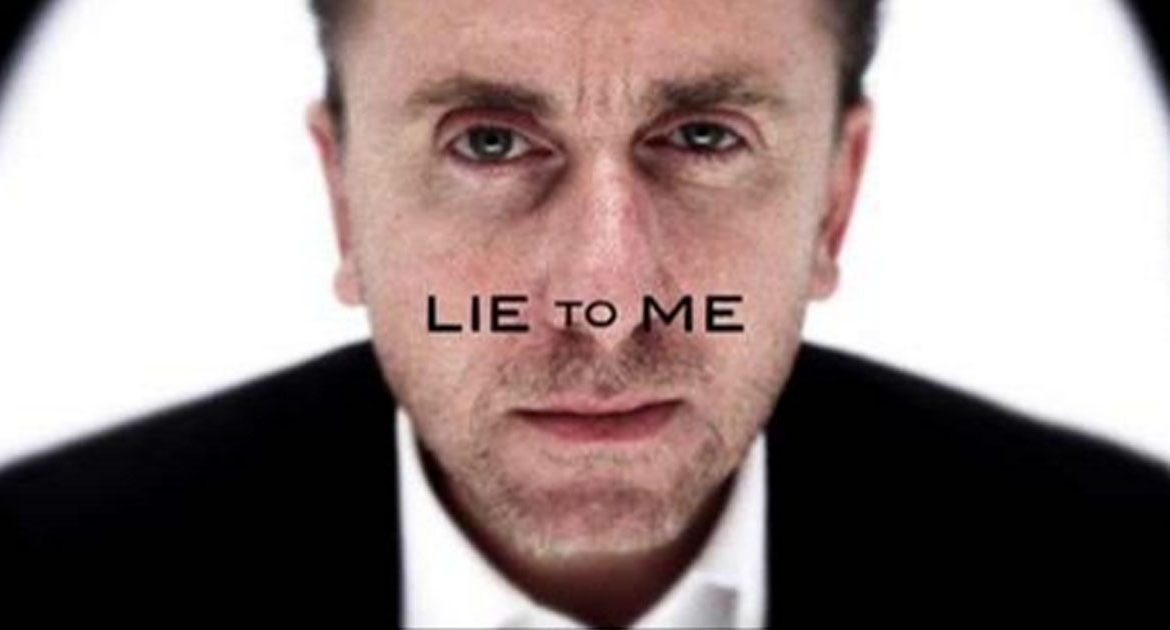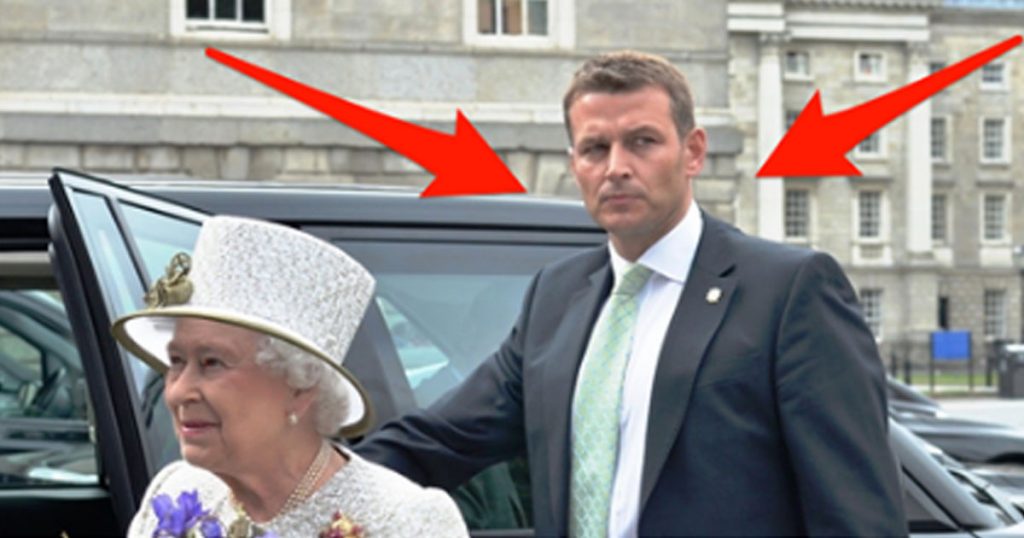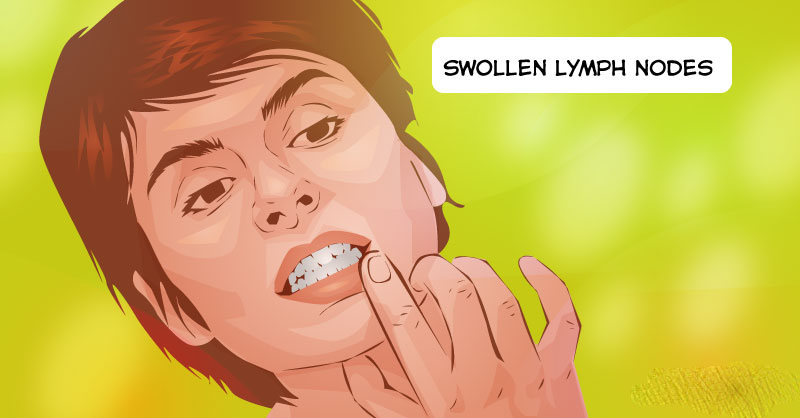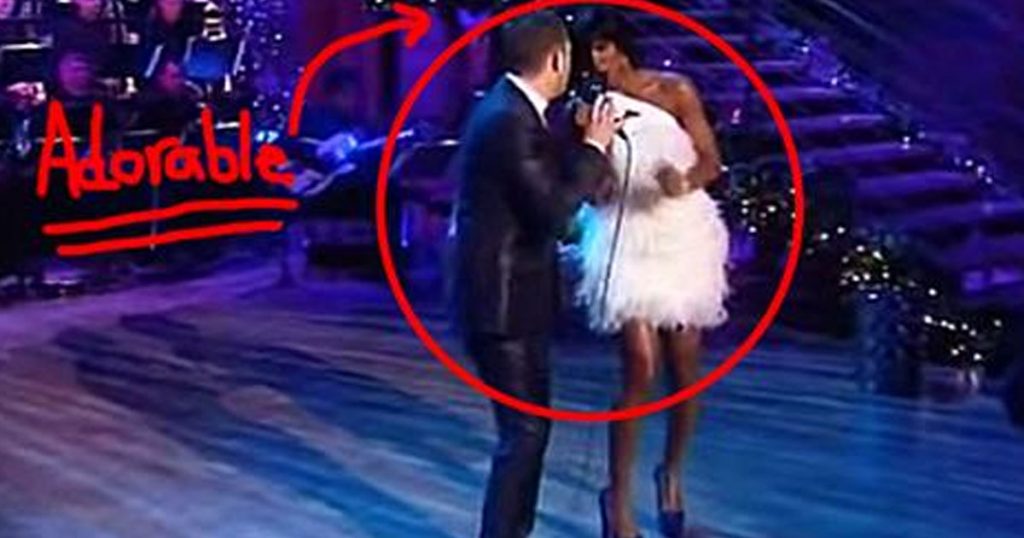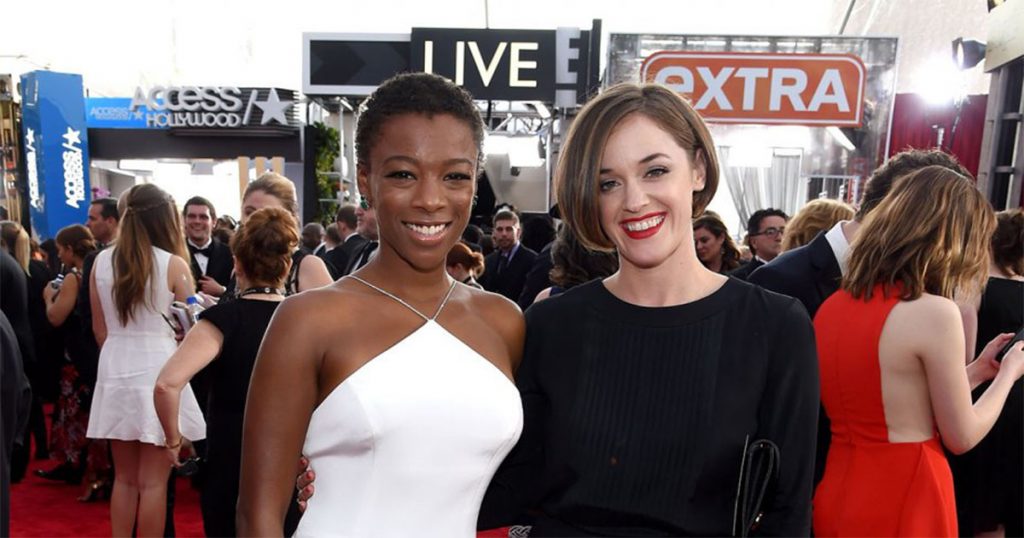Reading people is about recognizing the signs and understanding the body language.
Fans of the TV show, Lie To Me, may already be familiar with body language as portrayed by Tim Roth and a cast of Hollywood actors. The truth is, body language is not fiction at all. It’s real and provable and very, very interesting. Part art, part biological science, part human intuition, body language offers insightful clues to those who know how to read them.
What body language is
Psychology Today explains that body language involves the way that humans send unspoken signals to one another. Posture, hand gestures, and even the tiniest facial expressions are unconsciously interpreted by people who might not even be aware that they are seeing them.
Body language communicates instantly and effortlessly a person’s comfort or discomfort in a given situation. A person’s facial expression or stance can alert others to danger. For instance, say someone opens a refrigerator and takes a swig of soured milk. A twisted expression and eyes wide with alarm instantaneously send the message, “leave this alone!” thus sparing others the sorry experience of trying the milk for themselves.
An ancient part of the brain called the limbic brain is mostly responsible for expressing unspoken sentiments via gesture, facial changes, and uncontrollable eye dilation. Micro-expressions are fleeting and convey true feelings even in adults who can generally control their facial expressions to some degree, says Nick Morgan at Forbes magazine.
What body language is not
Body language, as well as the art of reading people, is not an exact science. There are no hard and fast rules when it comes to interpreting the unspoken intentions of another person. Even scientists who were trained to acquire the skill of reading people like a book make mistakes, especially when observing a person who is skilled at controlling much of their conscious physical behavior.
How to read a person like a book
Some human signals are instinctively understood. Imagine you look out your window and observe a passerby hurrying along the sidewalk, leaning forward with his arms wrapped around himself. Your initial reaction would undoubtedly be, “it’s cold and windy outside.”
In a one-on-one conversation, a person with their arms crossed sends an unspoken signal that they are defending their personal space. That person might, however, simply be tired or chilly.
Brain researchers explain that feelings happen before our thoughts. The time span between is mere nanoseconds, but that’s long enough for an observant human to sense the hunger, anger, impatience or happiness of another person instantaneously.
Relationship specialists at Vixen Daily explain that humans are experts at quickly figuring out another person’s attitude, and they do it before a single sentence is spoken. People instinctively make eye contact when encountering another human. Humans unconsciously check out breathing rate, posture, and expression.
Even though some adults have learned to generally control basic facial features, the eyes reveal much. When a person looks into the eyes of someone they admire, their pupils may dilate. Likewise when they see an object that they desire. The second (and third) things most people notice about another person is their hands. Open palms and closed fists may say everything one needs to know in an instant.
How to use body language to your benefit.
We’ve all done it at one time or another. You’re sitting with your dear old auntie and the conversation is boring you senseless. You love her and don’t want to hurt her feelings, so you smile and nod as she rambles on and on and on. You lean toward her, look in her eyes and touch her hand. All of these are conscious signals that convey kinship. When it’s time to go, you look at your watch and turn your toes toward the exit. This sends a subtle signal that the visit, however meaningful, is coming to a congenial close.
Body language conveys a first –and second and third– impression on anyone and everyone you meet. To make a positive impression, smile when you meet someone. Pay attention to your posture, and stand or sit straight and still. Shifting weight from foot to foot indicates tension and discomfort. Don’t fidget, and do be sure to maintain eye contact as you shake someone’s hand.
Body language isn’t mind reading nor does it give insight into what another person is thinking. When reading people carefully, body language helps you understand another person’s unconscious intent.
